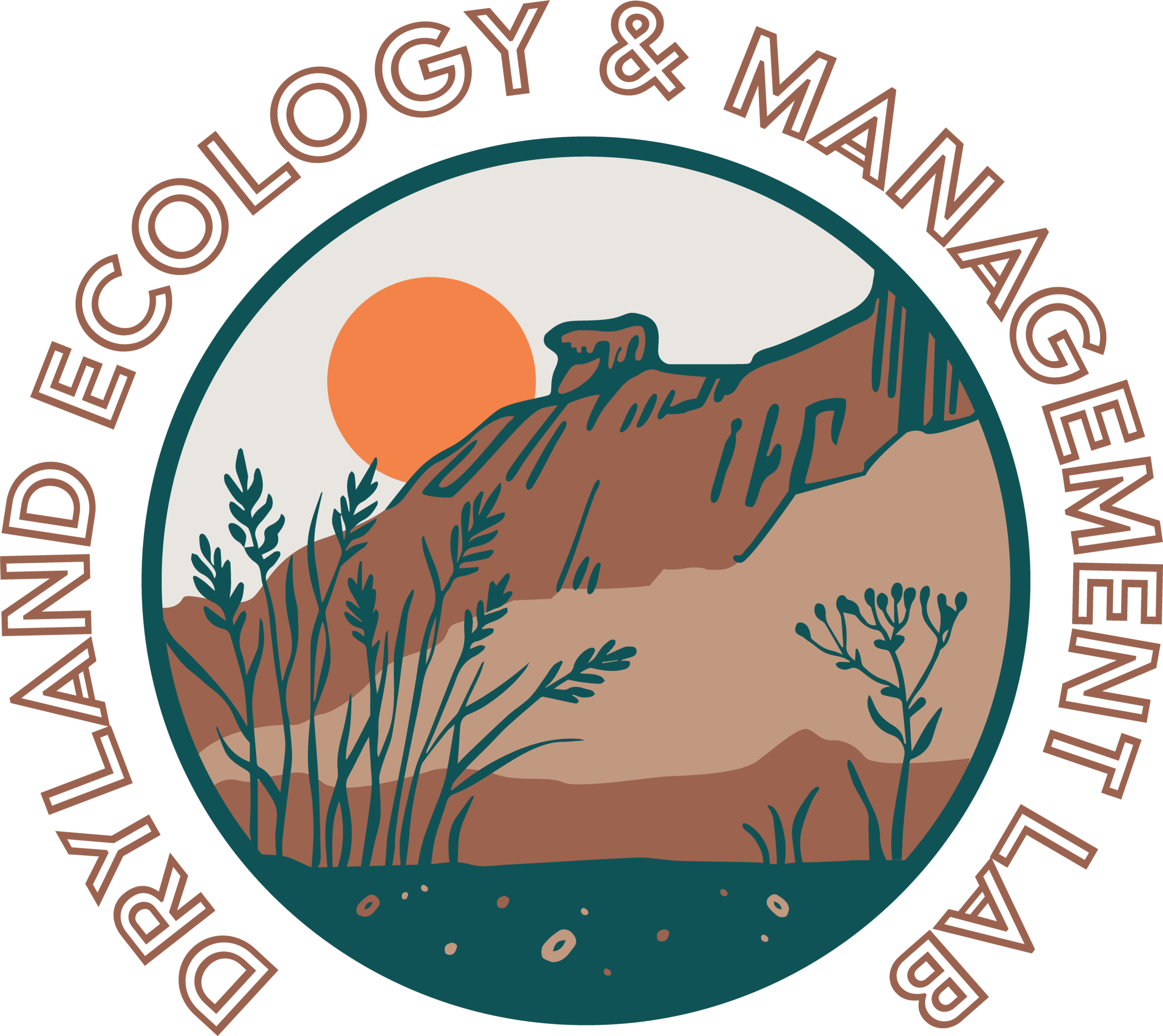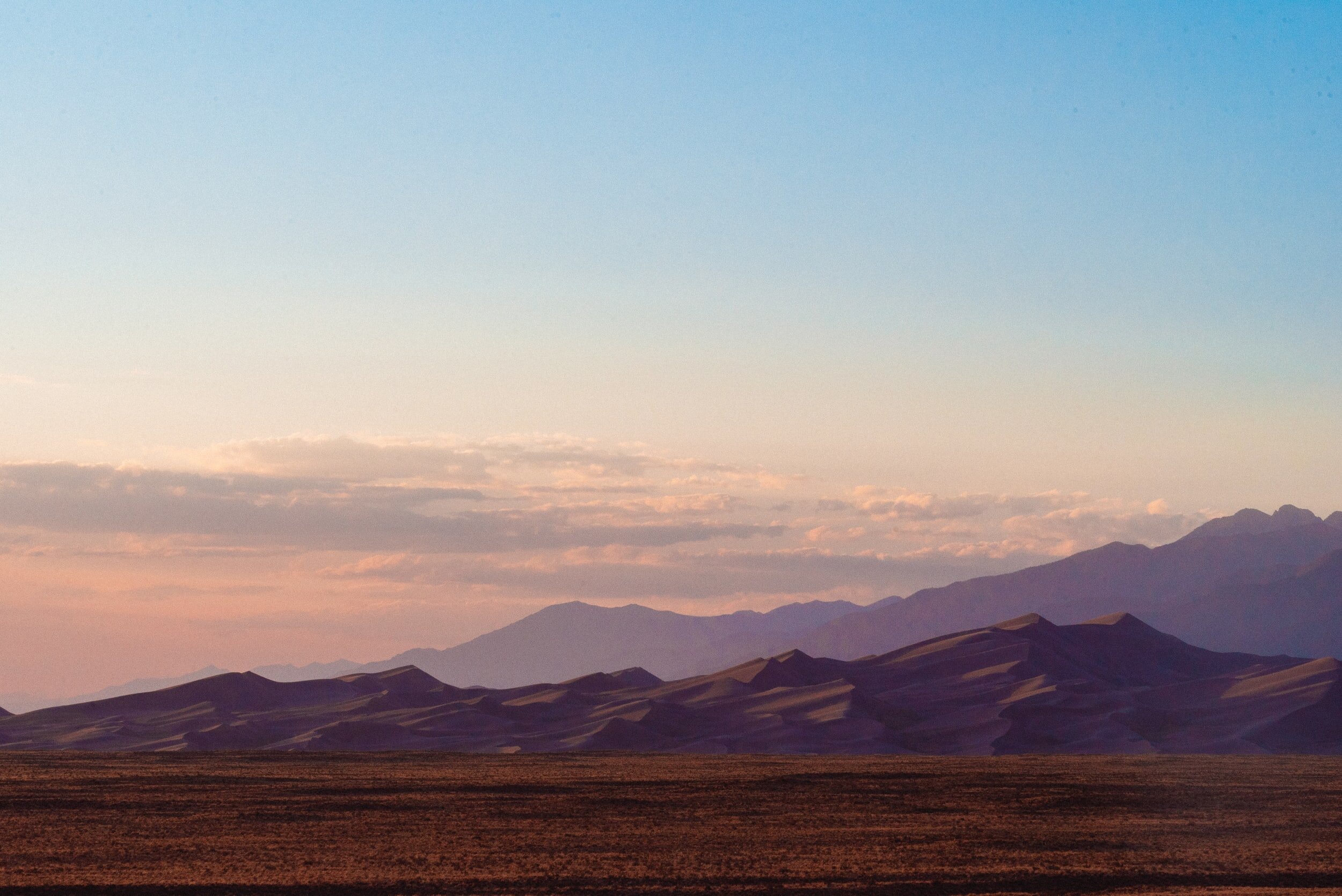Grassland vulnerability to future climate change
About the project
The western United States is experiencing increased temperatures, greater moisture deficits, and increasing aridification. Yet, we have limited knowledge of how vegetation of these systems will respond to climate change, which populations and communities are most vulnerable, and what management actions can be used to respond to these changes. Goals of this project are to: (1) estimate climate exposure and vulnerability of for grassland resources in National Parks in southeastern Utah; (2) synthesize knowledge about vegetation sensitivity to aridification; (3) identify short- and long-term climate-adaptive management strategies that enhance adaptive capacity; and (4) incorporate strategies into management plans and actions.
Major questions
01
What environmental factors determine the distributions of high-priority native perennial grasses in the western US?
02
Will C3 and C4 perennial grasses respond similarly to future aridification?
03
What management actions can be adopted to mitigate climate change effects on dry grasslands?
What we’ve found
Abiotic conditions structure C3 and C4 niches.
Mean annual temperature (MAT), monsoonal precipitation, and soil texture were important environmental factors controlling grass species distributions. MAT was especially influential in determining C3 species niches.
Climate change alters grass habitat suitability.
Overall, C3 species habitat suitability decreased, while C4 species increased across the western US. Habitat suitability declines aligned in space with areas experiencing future warming and decreased monsoonal precipitation.
We can proactively design landscapes.
We are currently working with a climate-adaptive management team to translate findings into management actions (e.g., incorporating drought-tolerant species and cultivars into restoration planning).
Featured publications
Collaborators
John Bradford, USGS
Collaborator on grassland vulnerability assessment.
National Park Service Drought Adaptation Team
Collaborative group of scientists and managers working to predict and respond to drought-linked changes in natural resources in National Parks and Monuments in the southwestern US.




